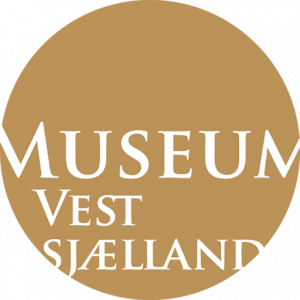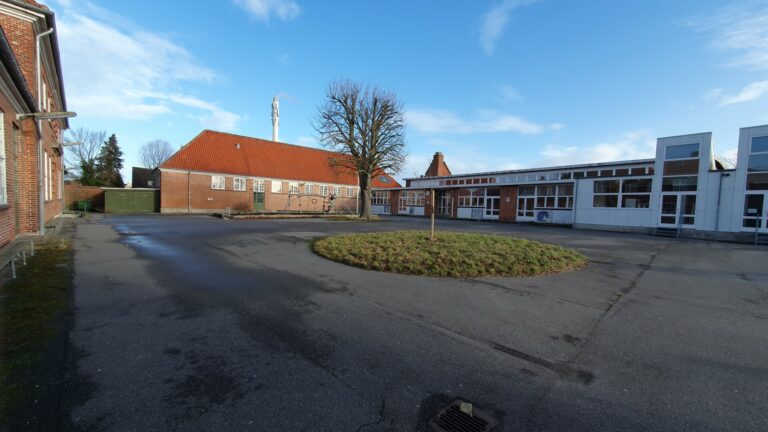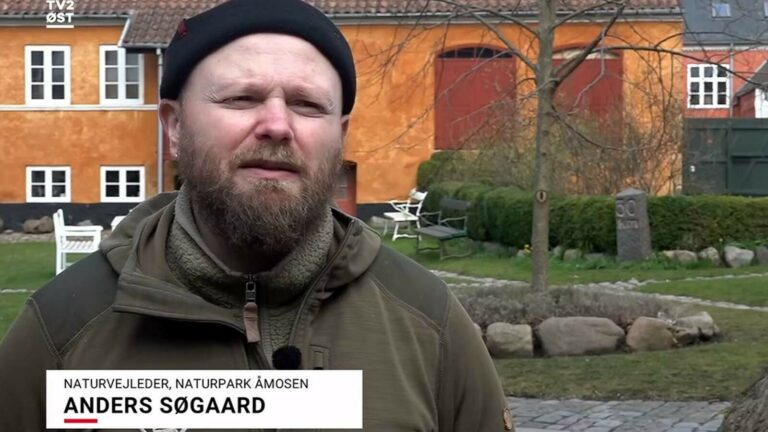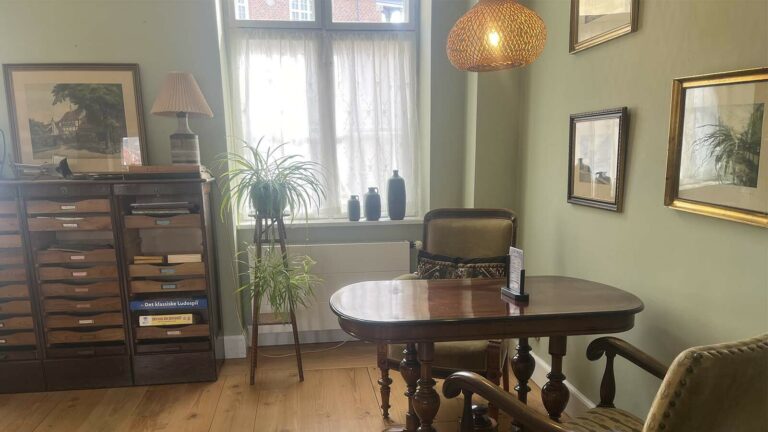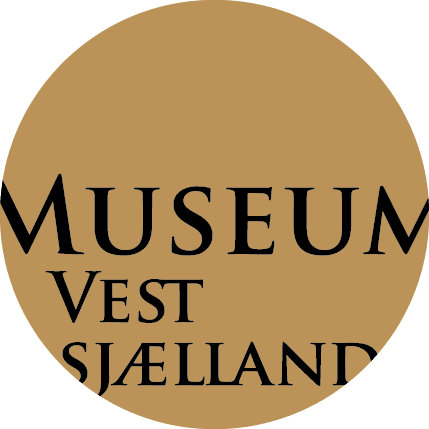Then archaeologists are up and running again north of Slagelse. The area around Tidselbjerg, Mellemmarken and Engdraget has been excavated several times, due to residential subdivisions in the area (see Figure 1).
With the previous excavations in mind, it therefore came as no great surprise that there would be archeological traces in the field at Engdraget, but it is still overwhelming.
The area is characterized by settlement traces from the late Viking Age and early Middle Ages, which covers a period from around the years 900-1400 possibly. We have in fact a rural settlement, or a village, with farms, which have been lying and moving around in the same area during the approx. 500 years the village has been active.
Many constructions
So far, we have 19 constructions (houses or fences) on the excavation (Figures 2 and 3), but there is no doubt that the number will increase continuously, as more and more of the field is cleared.


As can be seen in the general plan (Figure 4), the excavation on Engdraget is far from complete, so the overall overview, we have to wait to form until the entire field has been cleared and excavated.

However, so far we have some preliminary points of reference, which can be mentioned.
The southernmost part of the field was a pit house, which is not something we find every day, in the West Zealand area. A pit house is a small production house with a buried floor. In this pit house, which is still under excavation, a piece of a small whetstone (grinding stone) and a fine tin weight with circumferential grooves have been found so far (see Figure 5). Preliminary findings may indicate that some form of textile production has taken place in this house.

A possible basement?
A little north of the pit house, we are investigating an approximately rectangular burial, which is located in the middle of House 2 (Figure 6). The reason we are just embarking on that burial now is because we are investigating whether it could possibly be a basement, as both the shape and the location in the middle of the house could make this probable. Whether it is a basement, or "just" a pit, we have to wait in excitement to find out until we have dug more of it.

Nice finds
In a cooking pit (a fire pit) at the edge of a depression, a fine ornamented three-layer comb was found (Figure 7). The type immediately appears to be from Viking times, but can also extend into the Middle Ages. Along with the comb, larger fragments of ceramics and animal bones were also found. Why all these fine finds should just be placed in a boiling pit, we can at present only guess, but it is not every day that one sees so many fine finds in such plants.

In addition, it can be mentioned that in the western part of the, so far, cleared area, a north-south oriented ditch has been found. This ditch seems to have marked the demarcation of the buildings, as it is clear that houses and facilities are concentrated east of the ditch, while west of the ditch there is a lot of construction site (Figures 2 and 3 - see further up in the text).
Open excavation during the autumn holidays
Finally, it can be mentioned that we had an open excavation during the autumn holidays, where you could come and visit the excavation and talk to the archaeologists. Unfortunately, this event was on a very rainy and stormy day, which meant that very few, very cool people chose to defy the autumn weather and come to visit. As you can see in the pictures, it was very wet (Figure 8) and the wind overturned our overview map into the mud, so you could no longer see the drawings of post holes and pits on it (Figure 9). On the other hand, that master plan now looks like a work of art that could have been made by Uwe Max Jensen.


We look forward to keeping you updated on the excavation and its results.
